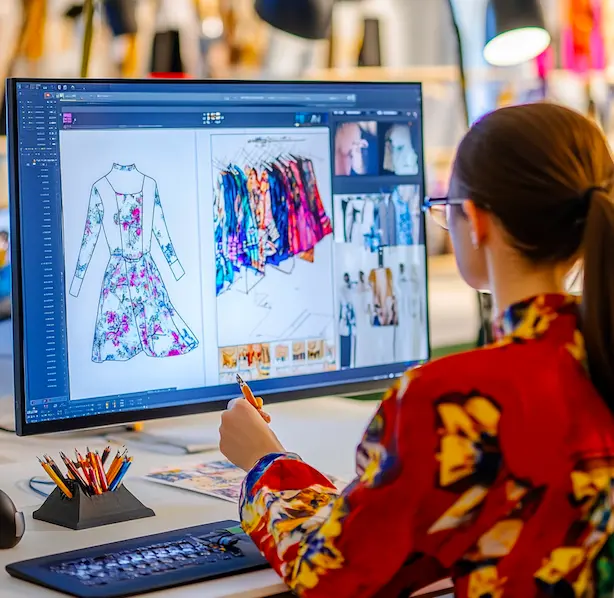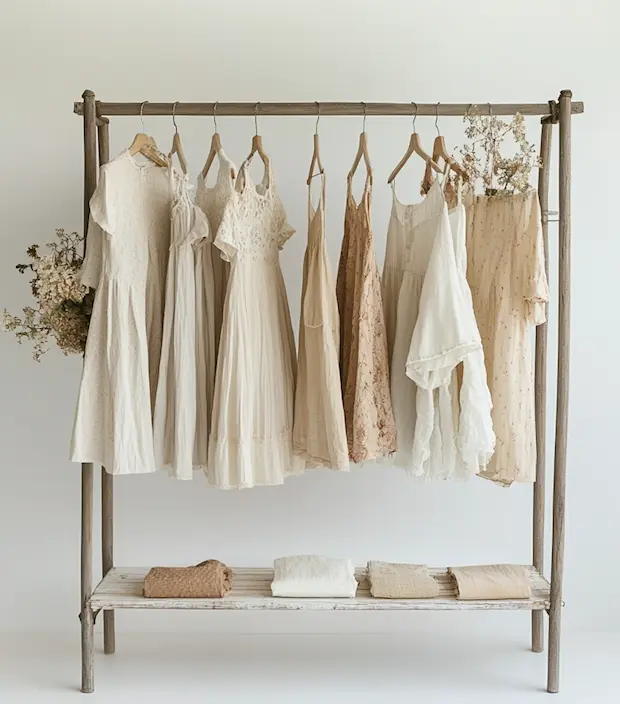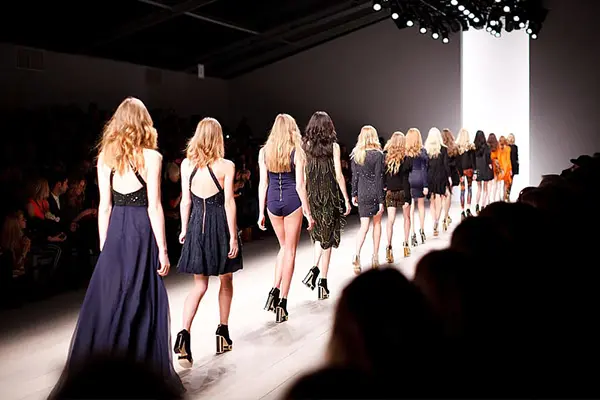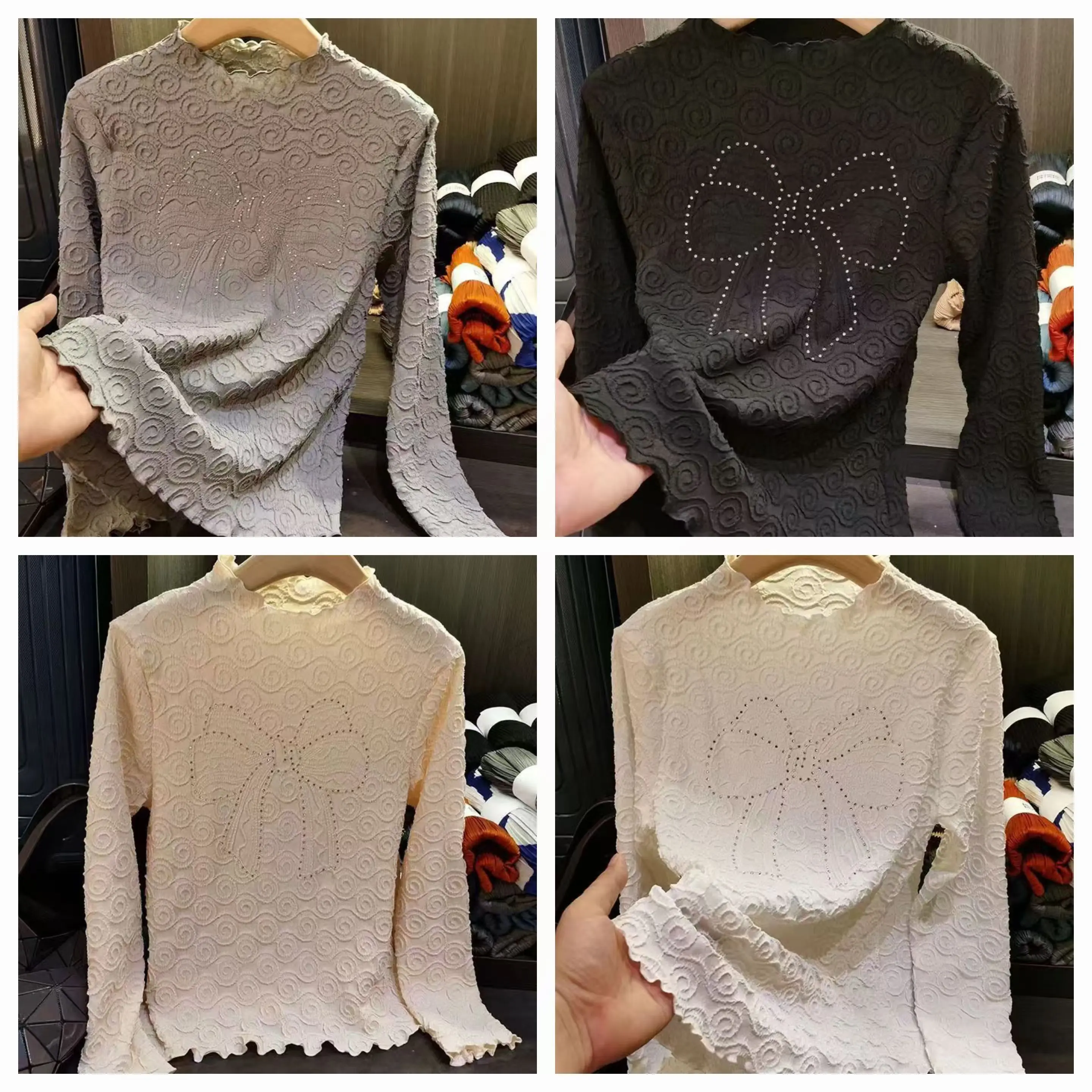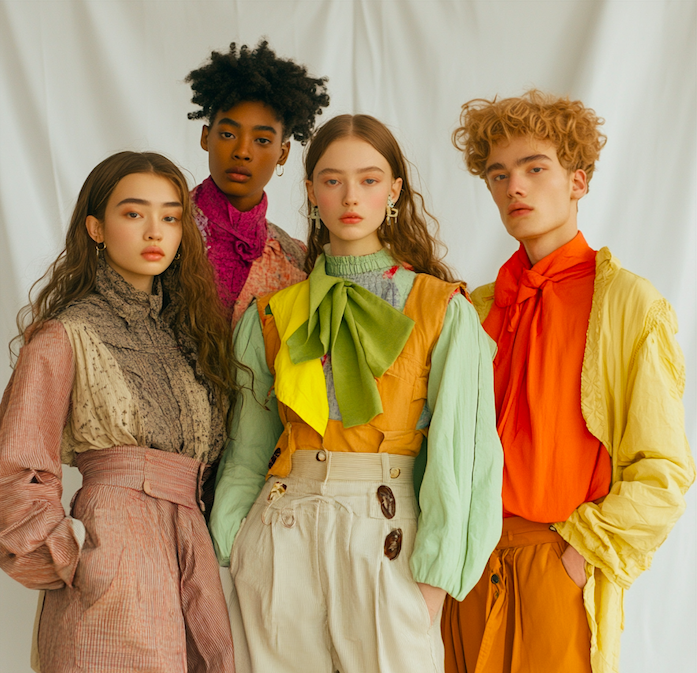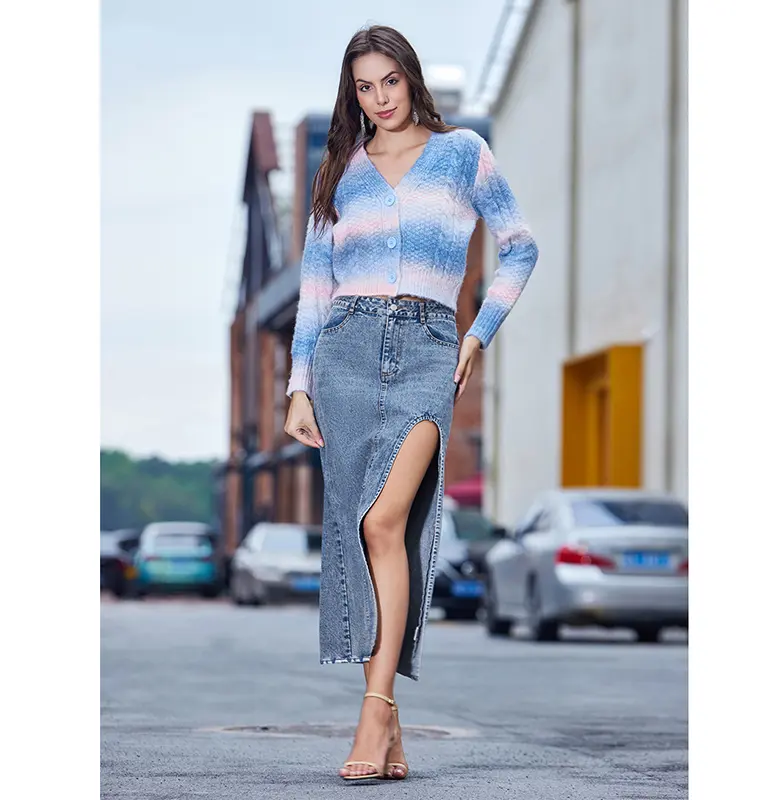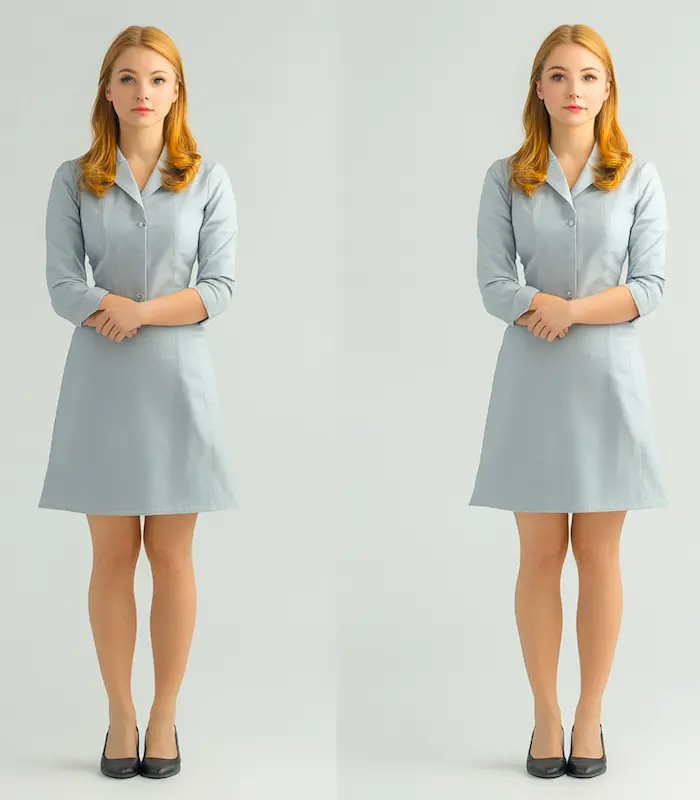How to Match Your Dress: Do's and Don'ts
Dresses are one of the most versatile and essential pieces in any woman’s wardrobe. Whether you’re preparing for a day at the office, a night out with friends, or a special occasion, the right dress paired with the right accessories can make all the difference. However, knowing how to match your dress effectively is key to creating a balanced, stylish look. From shoes to belts to coats, there are many elements to consider when putting together a complete outfit. In this guide, we’ll explore the do’s and don’ts of matching your dress and how to make the most of your wardrobe.
1. The Do's of Matching Your Dress
Do Consider the Occasion
The first thing to consider when choosing accessories is the occasion. Not every dress is appropriate for every event, and matching the right accessories is just as important.
For office wear, a more subdued, professional look is key. Opt for a simple silk dress paired with a tailored blazer and minimalist jewelry. Shoes should be modest—think pointed-toe flats or low heels.
Casual outings call for dresses that are comfortable but still stylish. A knit dress paired with sneakers or flats is a great choice for a relaxed, chic look.
For formal events, dresses like a flapper dress or fringe dress need bold accessories to match their glam. Statement jewelry, high heels, and an elegant evening coat will elevate the outfit.
Do Match Accessories to Your Dress Style
Accessories should enhance your dress, not overpower it. Here are some tips:
Jewelry: The right jewelry can transform a dress. For a silk dress, subtle and delicate pieces like a pearl necklace or thin gold chain can add elegance without distracting from the fabric's beauty. A flapper dress calls for bold, vintage-inspired pieces like chandelier earrings or long strand necklaces.
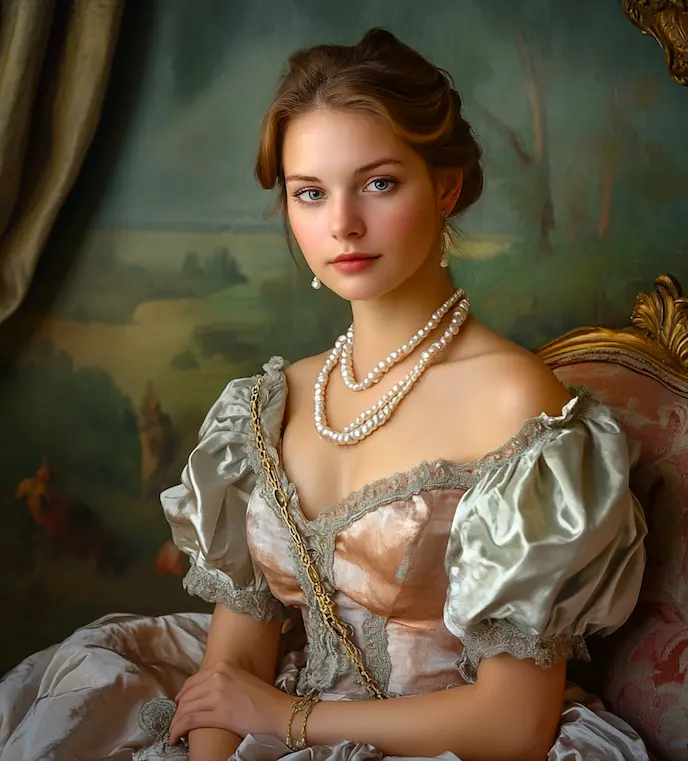
Shoes: Shoes are one of the most important accessories to match with a dress. For a fringe dress, go for something sleek like stilettos or strappy sandals that don’t take attention away from the detail of the dress. For a knit dress, a more relaxed shoe, like ankle boots or ballet flats, can maintain the easy-going vibe.

Belts: Belts can help accentuate your waist and add structure to your look. For example, a silk dress can look chic with a thin, metallic belt. A fringe dress, on the other hand, may benefit from a more relaxed, boho-style belt to complement its carefree, fun vibe.
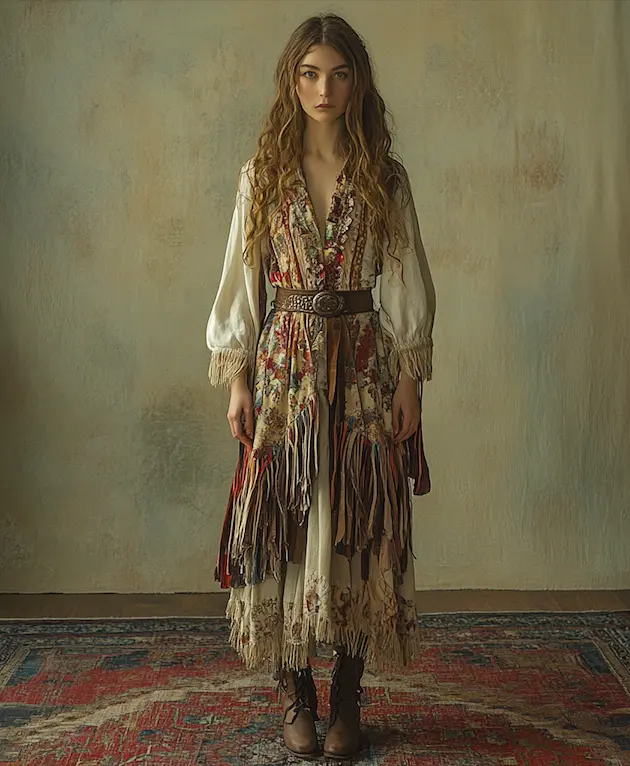
Coats/Outerwear: The outerwear you choose will depend on the season and formality of the event. A simple cardigan can complement a knit dress for a cozy yet stylish look. For a more formal event, a tailored coat or shawl can complement your flapper dress, creating a balanced, elegant ensemble.
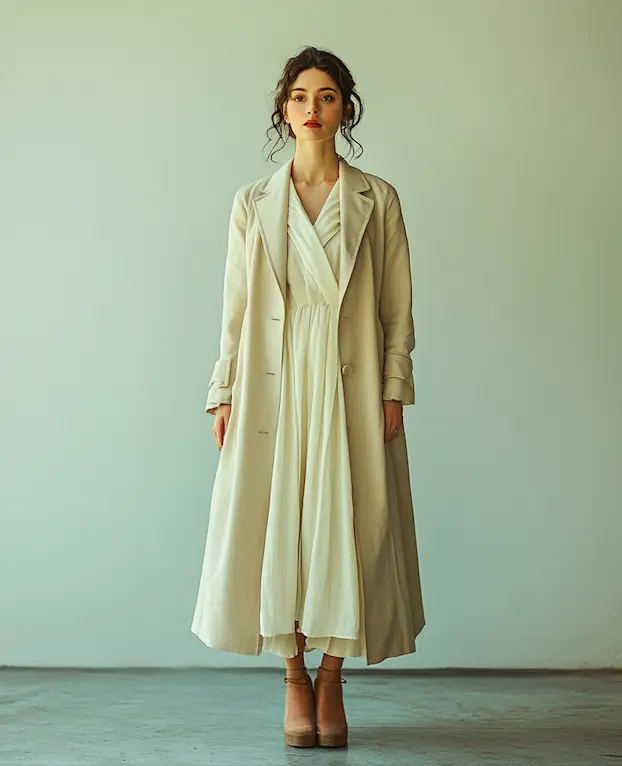
Do Pay Attention to Colors and Patterns
Matching colors and patterns is crucial for creating a cohesive look. Here’s how to get it right:
Complementary colors: Pair a bold dress with neutral or complementary-colored accessories. For instance, a flapper dress in black can be complemented by gold jewelry or silver shoes for a balanced look.
Patterns: If you’re wearing a fringe dress with intricate details, keep your accessories simple. Let the dress be the focal point. On the other hand, solid-colored dresses like a silk dress can handle more playful or patterned accessories like striped bags or geometric earrings.
Neutral colors: Dresses in neutral shades like white, beige, or gray are easy to match. A knit dress in a neutral color can be styled with a pop of color through accessories—perhaps a bright handbag or shoes in a fun shade of red or blue.
Do Keep Proportions in Mind
Proportions play a significant role in achieving a balanced look. Consider the shape of your dress when choosing accessories:
If you're wearing a fringe dress with a lot of movement at the hem, opt for more understated accessories like thin bracelets or simple earrings. You don’t want to overdo it with chunky jewelry that competes with the detailed fabric.
With a silk dress that has a flowy silhouette, consider using a structured handbag or a belt to define the waistline.
For shorter dresses, like a flapper dress, choose shoes that elongate your legs, such as pointed heels or wedges.
Do Think About Textures
When matching your dress with accessories, the texture of both should complement each other. A knit dress has a casual texture that pairs well with simple, relaxed accessories like leather handbags or suede shoes. For more luxurious fabrics like silk, go for delicate, polished accessories that won’t distract from the richness of the dress.
2. The Don’ts of Matching Your Dress
Don’t Overdo It with Accessories
It can be tempting to pile on multiple accessories, but sometimes less is more. Here are some common mistakes to avoid:
When wearing a silk dress, avoid large statement pieces like chunky necklaces or bracelets. Let the softness of the fabric be the focal point.
If you’re wearing a flapper dress or fringe dress, don’t go overboard with excessive jewelry. Stick to a few key pieces—think vintage-style earrings or a simple bracelet.
Avoid pairing too many bold accessories together. If your dress is already eye-catching, choose subtle accessories that won’t overwhelm your look.
Don’t Clash Colors or Patterns
A colorful dress doesn’t always need a matching accessory. Here’s how to avoid clashing:
Don’t pair a flapper dress in vibrant colors with equally bold accessories. Instead, opt for metallic or neutral-colored accessories to balance the look.
If you're wearing a fringe dress, avoid mixing too many patterns. The dress itself is a statement, so keep other elements simple and elegant.
Don’t Choose the Wrong Shoes for the Dress
Choosing the right shoes is key to completing your look. Here’s how to avoid shoe mistakes:
Avoid wearing sneakers or flats with formal dresses like a silk dress or flapper dress. These dresses are designed to look elegant and formal, so opt for heels or sophisticated flats instead.
Conversely, avoid wearing high heels with a knit dress or casual dresses like fringe dresses. Choose shoes that are in harmony with the vibe of the dress—think ankle boots, sandals, or low heels for a more relaxed, chic appearance.
Don’t Ignore Comfort
Always prioritize comfort when matching your dress with accessories. Wearing a dress that looks stunning but doesn’t feel good can detract from your overall confidence. Avoid accessories or shoes that are too tight or uncomfortable, especially if you’re planning to wear them for an extended period.
3. How to Match Specific Types of Dresses
For Casual Dresses
- Casual dresses, like a knit dress, are meant to be comfortable and laid-back. Pair them with comfortable shoes like sneakers or flat sandals.
- Simple jewelry like a pendant necklace or studs will add a touch of elegance without overcomplicating the look.
- For colder months, add a cozy cardigan or denim jacket for extra warmth.
For Formal Dresses
- Flapper dressesand fringe dresses demand a more glamorous approach. Pair these dresses with elegant heels, statement jewelry, and a sleek clutch.
- A tailored coat or shawl will elevate the overall look, especially for evening events.
For Day-to-Night Dresses
- Transitioning from day to night is easy with the right accessories. A simple silk dresscan be worn with flats and a cardigan during the day, then paired with heels and bold jewelry for a night out.
For Boho Dresses
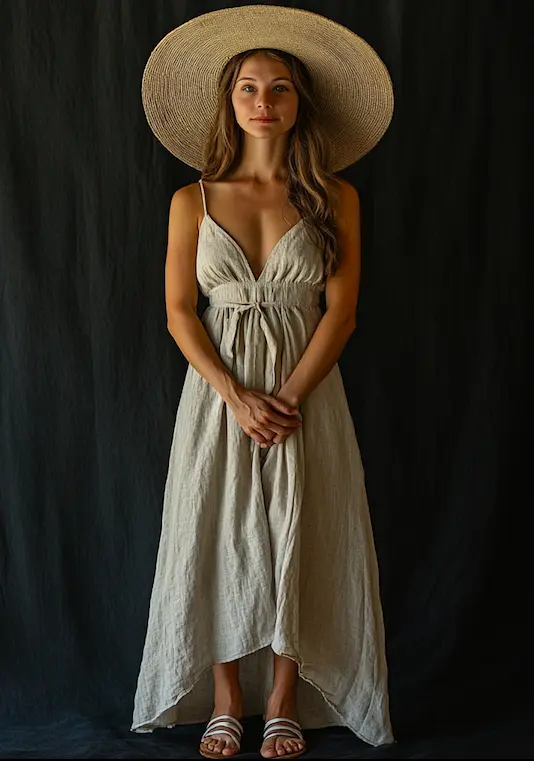
- Fringe dressesand boho dresses call for relaxed, earthy accessories like long pendant necklaces, floppy hats, and strappy sandals.
- These dresses are perfect for festivals or casual summer events, and simple, natural-looking jewelry completes the laid-back vibe.
4. Conclusion
Matching a dress is about balancing proportions, colors, textures, and accessories. With the right combination, you can transform a simple silk dress into an elegant masterpiece or turn a casual knit dress into a chic day outfit. Always consider the occasion, keep accessories minimal, and be mindful of comfort. A well-matched dress can make all the difference in how confident and stylish you feel, whether you’re attending a formal event, going to work, or enjoying a casual weekend outing.
Professional Tips for Buyers
When purchasing dresses for your wardrobe, always look for versatile options that can be easily matched with different accessories. Focus on quality fabrics that will hold up over time and offer flexibility in terms of styling. Additionally, consider the overall fit of the dress to ensure comfort and confidence. Dresses in timeless styles like flapper dresses, fringe dresses, or silk dresses are perfect investment pieces that can be paired with different accessories for various occasions.
For retailers, selecting a mix of dress styles that can easily transition from day to night or from casual to formal is key to ensuring your customers get the most value out of their purchase. Investing in classic colors, patterns, and high-quality fabrics will keep your inventory relevant and appealing for years to come.


